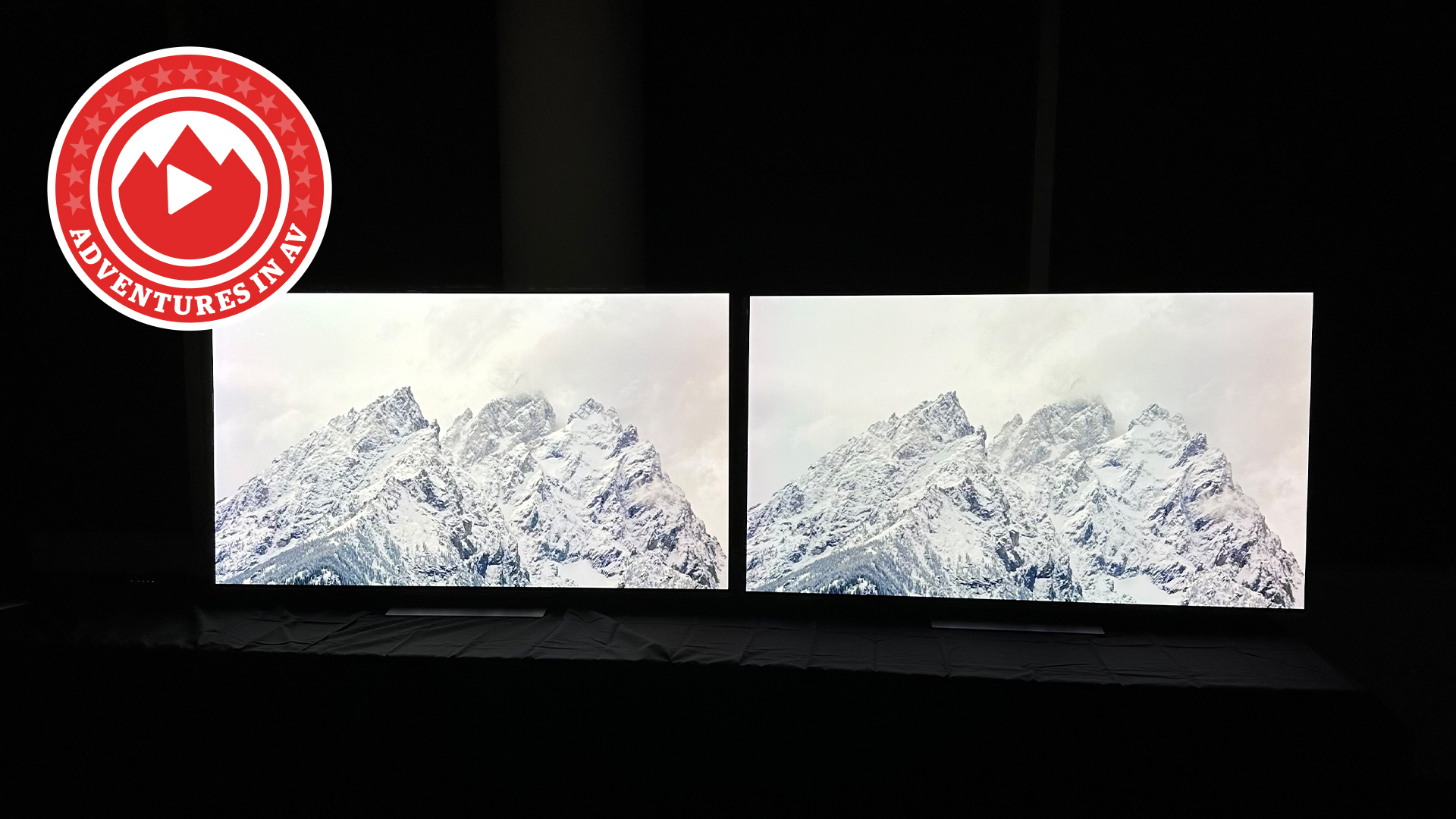I review TVs for a living, and this simple trick will massively improve picture quality
Turning the lights off can be transformative for your TV

We all want to be sure we’re getting the very best out of our TV, frequently adjusting settings to find just the right balance. And who hasn’t mildly ruined family movie night by dipping into the menus during the first few minutes in order to fix an imperfection that no one else can even see?
What amazes me is the number of people who will painstakingly tweak settings and/or complain about the performance of their TV, yet don’t do the one thing that’s pretty much guaranteed to elevate their viewing experience – watching with the lights off.
If you’ve got an OLED, turning the lights off will instantly improve perceived contrast. Highlights will look brighter, blacks will look blacker and the image will look more impactful overall. Assuming you’ve set them up correctly in the first place, colours will look more accurate, too. Best of all, shadow detail will become much more visible, so those notoriously dark scenes from shows such as Game of Thrones and House of the Dragon should become much easier to follow. And, of course, there’s the benefit of not having potentially distracting reflections on the screen.
The benefits for backlit TVs, particularly those at the more affordable end of the spectrum, are even greater. That’s because a TV will look brighter in a dark room, so those TVs that can’t go terribly bright to begin with will look much punchier when the lights are off. Even those that can go very bright will often sacrifice a bit of black depth when they’re at their brightest, and any inconsistencies in the backlight become more pronounced. When watching in a dark room, you can reduce the TV’s overall brightness, minimising those flaws, while still getting a brilliantly punchy and dynamic performance.
Now, clearly I’m not saying that all TV watching should take place in a pitch-black room. I’ve got a family and most of the time we watch the TV with the curtains open or the lights on. That’s because for most of what we watch, picture quality just isn't that important. I’m not analysing how the TV is handling the latest episode of Bluey and there aren’t many shadowy details to be missed in University Challenge. Football and F1, meanwhile, are mostly a challenge from a motion-handling perspective and certainly don’t require the dark room treatment (though if you want to turn the lights off for one of F1's night races, I'm all for it).
But once our little boy’s gone to bed it’s time for the more ‘serious’ viewing to commence, so it’s lights off for an episode of The Mandalorian, The Night Agent or Succession. Movies obviously need to be watched in a dark room when possible, too.
In short, when picture quality matters – when you want to see all of the details, get the most dynamic image and the most authentic colours – start by turning the lights off. And when picture quality doesn’t matter so much, just don’t worry about it. Life’s too short to be spent entirely in TV picture menus – and that’s coming from someone who does spend much of his life in TV picture menus.
The latest hi-fi, home cinema and tech news, reviews, buying advice and deals, direct to your inbox.
MORE:
Once you've turned the lights off, check out these TV setup tips
Here are the best TVs you can buy
And these are the best TV deals around right now
Tom Parsons has been writing about TV, AV and hi-fi products (not to mention plenty of other 'gadgets' and even cars) for over 15 years. He began his career as What Hi-Fi?'s Staff Writer and is now the TV and AV Editor. In between, he worked as Reviews Editor and then Deputy Editor at Stuff, and over the years has had his work featured in publications such as T3, The Telegraph and Louder. He's also appeared on BBC News, BBC World Service, BBC Radio 4 and Sky Swipe. In his spare time Tom is a runner and gamer.

